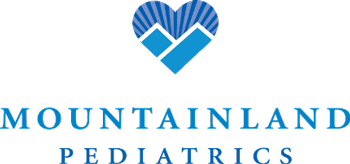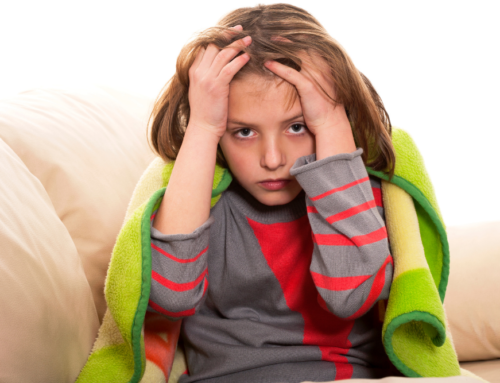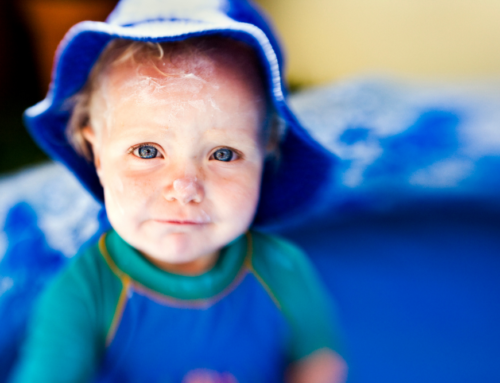Unmanaged respiratory allergies are no fun for anyone, especially a child. Consequently, it is important for parents to keep an eye on conditions that might initially be considered a cold but ultimately turn out to be a respiratory allergy. If you suspect that your child has what is commonly referred to as “hay fever,” your pediatrician can do an assessment and talk with you about treatments.
Allergy Symptoms and Triggers
Respiratory allergies can produce a number of unpleasant primary symptoms, including:
● Sneezing
● Congestion
● Itchy, watery eyes
● Runny nose
● Difficulty breathing
● Wheezing
What’s more, these symptoms can make it hard to sleep, and poor sleep can lead to lack of energy,
trouble concentrating and other issues.
While we tend to associate respiratory allergies with pollen, they can actually be triggered by many
different things. This includes dust, dust mites, mold and mildew, pet dander, tobacco and wood smoke,
chemical fumes, aerosol sprays and even weather conditions such as cold air, wind and
humidity. Each person’s triggers are unique, so it can be helpful to jot down the specifics when a child
begins exhibiting what might be allergy symptoms. If they do have allergies, this information may point to
the cause or causes.
Minimizing In-Home Allergens
While it is virtually impossible to eliminate all allergens from your home, there are many steps you can
take to reduce the number of airborne allergens that your child is exposed to. For example, you can:
● Use air conditioning in the summer to filter out pollen and other allergens, and to dehumidify the
air.
● Remove carpeting and rugs – especially from the child’s bedroom – which are a major source of
allergens. Install hardwood or vinyl floors instead.
● Install easy-to-clean blinds rather than curtains.
● Dust frequently. Be sure that you are capturing the dust and not simply moving it off of a surface.
● Vacuum frequently with HEPA (high efficiency particulate air) filter bags.
● Wash bedding at least weekly. Use hot water and dry on the high heat setting.
● Remove books and stuffed animals from the child’s bedroom.
● Have your child wash their face and hands, and change clothes, after returning home from
any area where allergens are prevalent.
● Bathe pets frequently or have them spend much of their time outside.
● Keep your home under 70 degrees and below 50 percent relative humidity if possible.
Be Allergy Aware Outside the Home
Allergy mitigation inside your home involves taking the actions listed above. When you are away from
home, minimizing symptoms is more about awareness and avoidance. For example, if your child has hay
fever, get to know what types of trees, weeds and other plants are their triggers. Then, try to minimize
time outside when the allergens from those plants are at high levels. Weather websites and your
local news will often provide this information.
If mold is a problem for your child, you should avoid areas where they will be exposed to soil, wet leaves
and rotting wood. Outdoor patio furniture, tents and boats are other places where mold is common.
Get Advice From Your Pediatrician
From cleaning and avoidance tactics to allergy medication, your pediatrician can provide you with helpful
information on addressing your child’s allergies. To make an appointment at Mountainland Pediatrics, please call (303) 430-0823.
SOURCES:
https://acaai.org/allergies/who-has-allergies/children-allergies
https://www.webmd.com/allergies/features/lighten-your-childs-allergy-load#1



